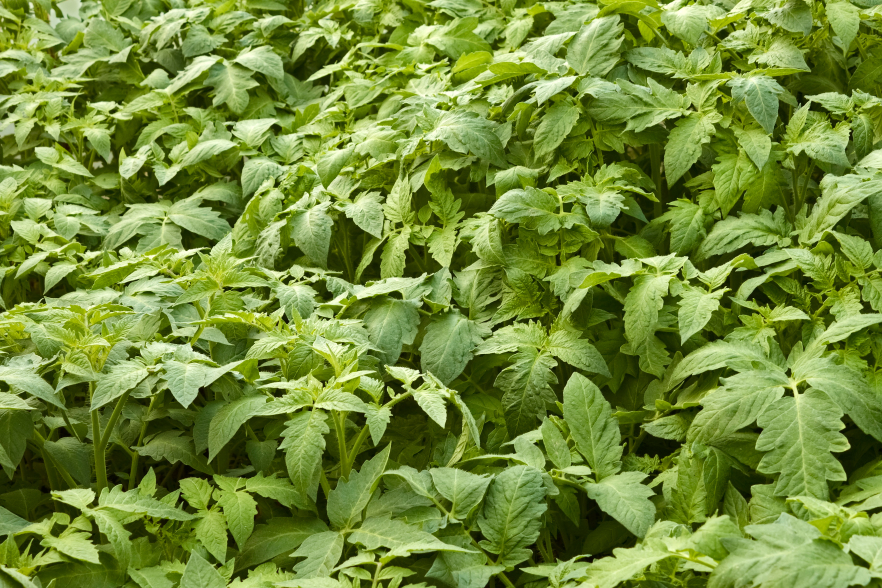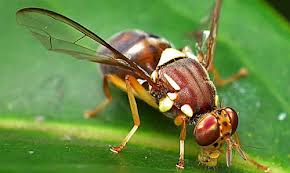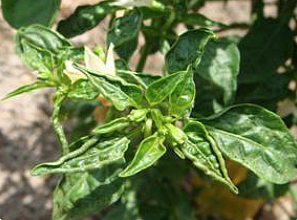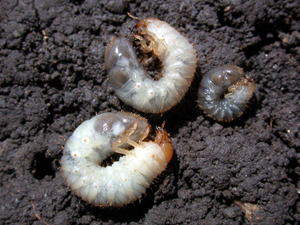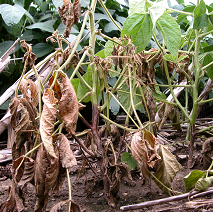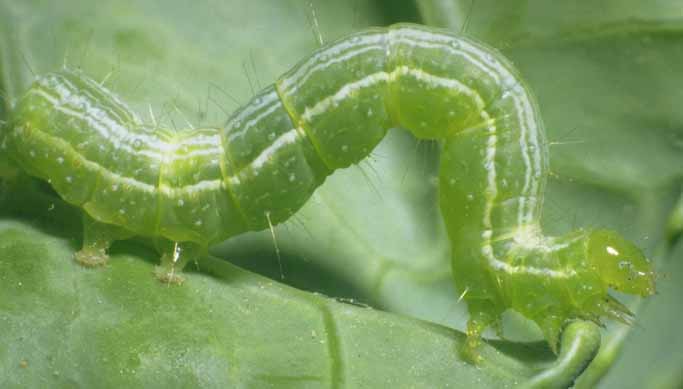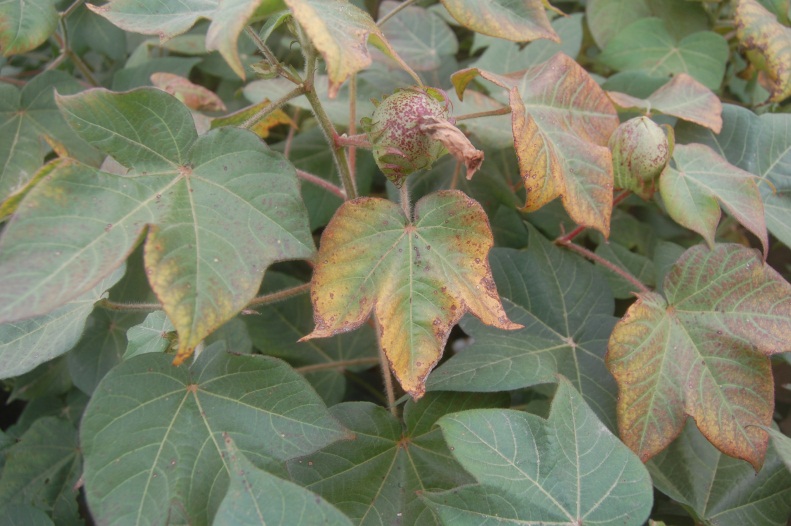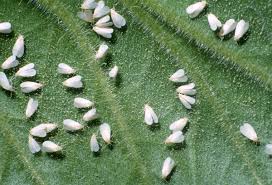Disease Free Nursery Raising For Tomato:-
- Healthy seed should be selected for sowing.
- The seed should be treated with recommended fungicide before sowing.
- Continuous raising of nursery in the same plot should be avoided.
- The top soil of nursery should be treated with carbendazim @ 5 gm/square m. are of the soil and nursery should be drenched with carbendazim @ 2gm/litre of water at fortnightly interval.
- Soil solarization by spreading 250 gauge polythene sheet over the bed for 30 days before sowing in summer season should be done.
- Application of bio-control agent tricoderma viride in soil @ 1.2 kg/ha is also found effective to control damping-off to considerable extent.
Like and share with other farmers by clicking on button below.
Share
